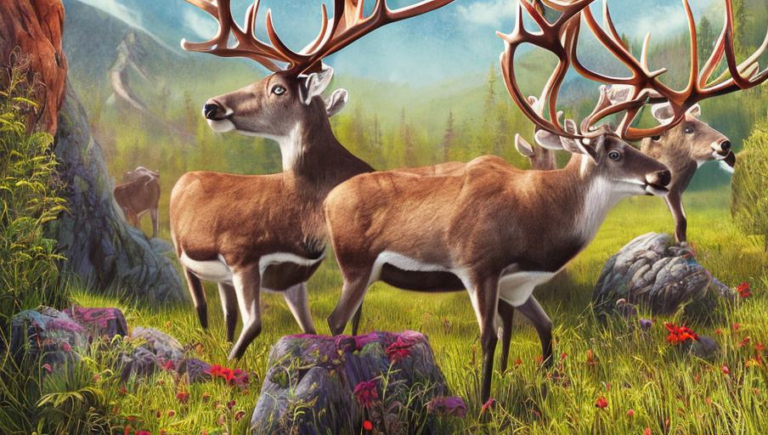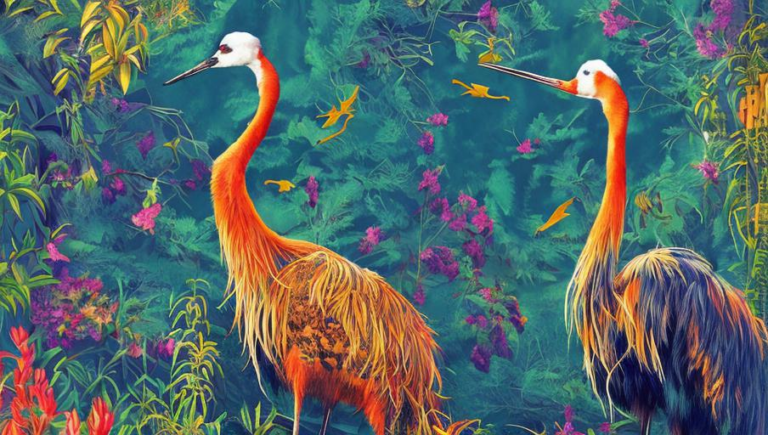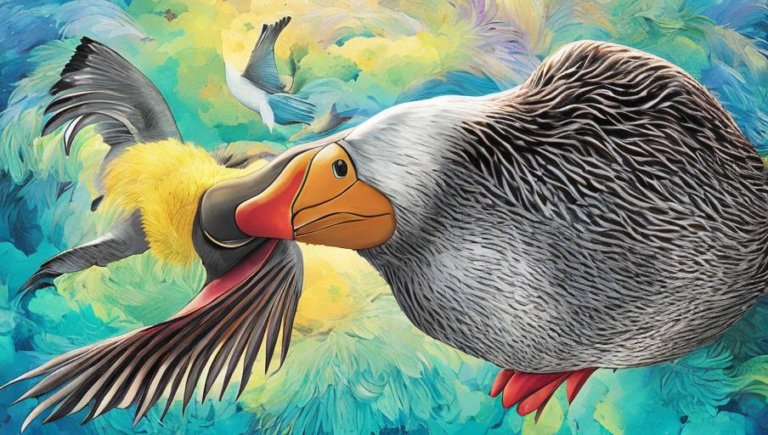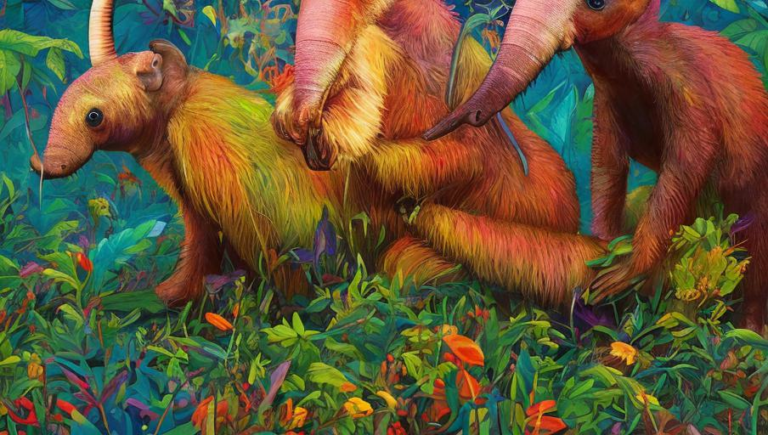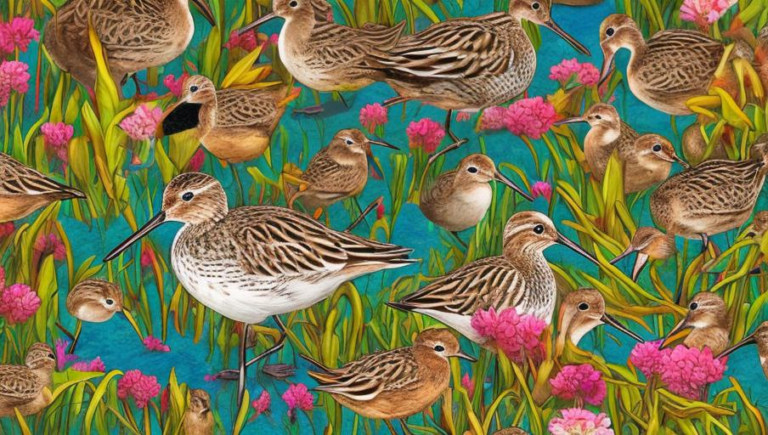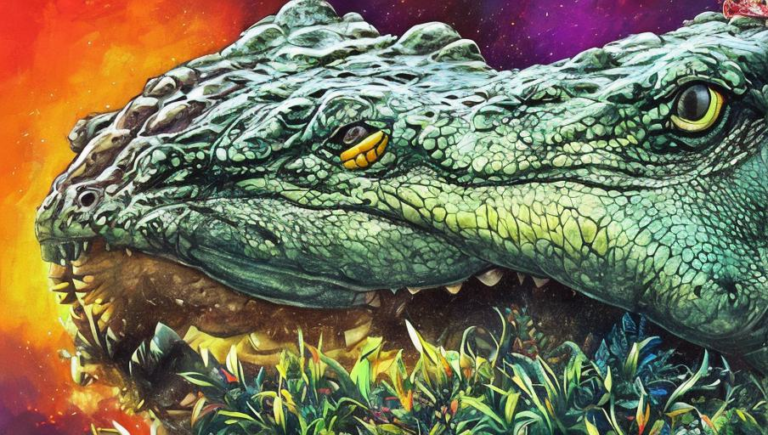Feathered Friends: The Chough’s Social Habits
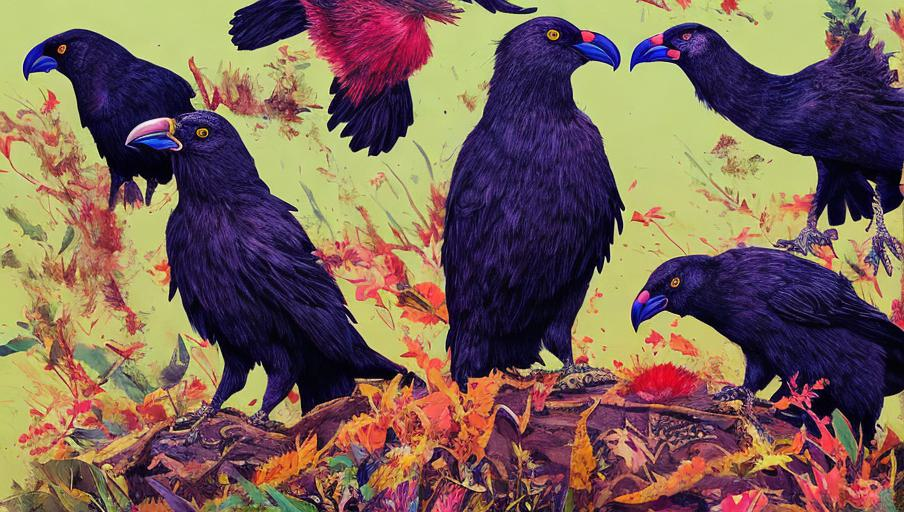
The Chough: A Social Bird
The chough, a member of the crow family, is an incredibly social bird. It can often be found in small flocks of two to twenty birds, and in some cases, even larger ones. It is known for its loud and cheerful call, which is often heard in open fields or along coastlines.
Where to Find Them
Choughs primarily inhabit the coasts of Western Europe, North Africa, Asia, and the Middle East. They can also be found in high altitude mountain regions, such as the Alps and the Pyrenees. They are drawn to open fields and cliffs which provide them with excellent vantage points to search for food.
Feeding Habits
The chough is an omnivore, and its diet includes insects, fruit, and other small animals. It also enjoys scavenging for food, such as eggs and chicks from other bird species. The chough is capable of finding food in the most unlikely of places; it was even known to feed on human bones from graves!
Social Habits
The chough is highly social, often forming strong and lasting bonds with other members of its flock. Choughs are very trusting of one another, and will even share food with each other during times of scarcity. They are also very territorial and will fiercely defend their territory against other birds.
Mating Habits
The chough has a distinctive mating ritual. During the courtship period, the male will perform a series of aerial displays and dives to attract a mate. Once the female agrees to the courtship, the two will build a nest together and lay eggs. The female will then incubate the eggs for about three weeks, and the male will provide food for her during this time.
The Importance of Conservation
The chough population is declining due to habitat loss, human disturbance, and predation. Conservation efforts have been put in place to protect these birds, including the creation of protected areas, the restoration of their natural habitats, and the implementation of laws to reduce human disturbance. It is important that we all do our part to protect these feathered friends and their habitats.
